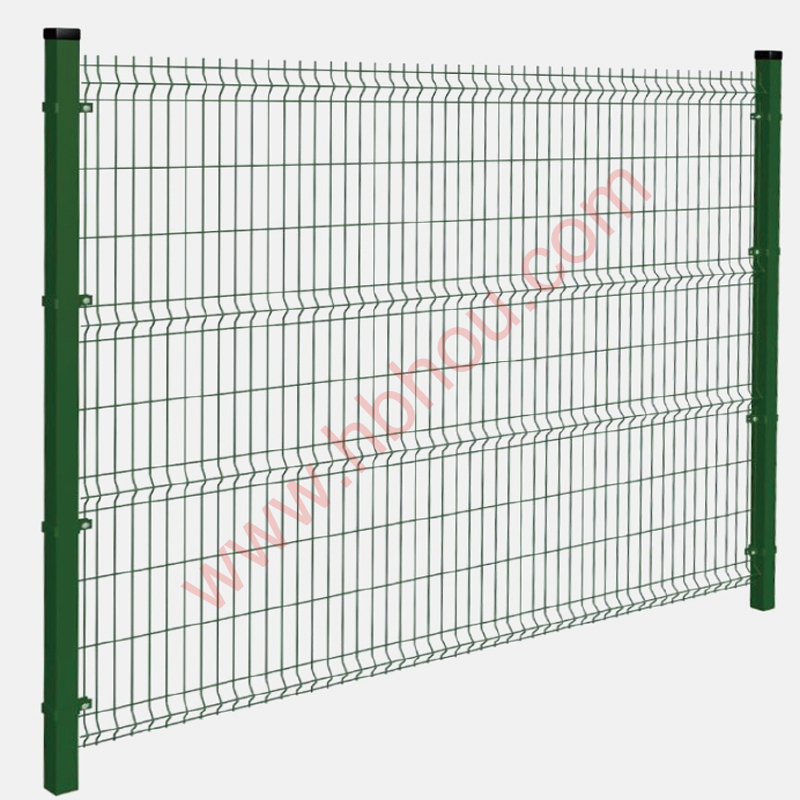Fitting Fence Panels A Comprehensive Guide
Fencing is a crucial aspect of both residential and commercial properties, serving various purposes from security to aesthetics. One of the most popular types of fencing is panel fencing, which consists of pre-assembled panels that can be easily installed to create a boundary. If you're considering fitting fence panels around your property, this guide will help you understand the process, tools required, and key considerations to keep in mind.
Understanding Fence Panels
Fence panels are generally made from wood, vinyl, or metal, and they come in various styles and heights to suit different needs and preferences. Wooden panels offer a natural look but require maintenance to prevent rot or damage from the elements. Vinyl panels, on the other hand, are durable and low-maintenance, while metal panels provide security and longevity. Choose the material that best fits your needs and budget.
Planning Your Fencing Project
Before installing fence panels, careful planning is essential
1. Check Local Regulations Before you begin, check with your local municipality for regulations regarding fence height, placement, and required permits. Some areas may have restrictions that dictate how close you can build to property lines or which materials are permissible.
2. Design Your Layout Visualizing your fence layout can help in ensuring you utilize your space effectively. Mark the area with stakes and string to outline where the fence panels will be installed. This aids in measuring and ensuring that your fence will fit as intended.
3. Determine the Required Materials Calculate how many panels, posts, and other materials you will need. Panels typically come in standard sizes, so make sure to measure the total length of the area to be fenced. Additionally, plan for gates if necessary.
Tools You Will Need
To fit fence panels, you will require several tools
fitting fence panels

- Measuring Tape For accurate measurements of your fencing area. - Post Hole Digger To create holes for the fence posts. - Level Ensures that your panels are straight and aligned properly. - Power Drill/Screwdriver For securing panels to posts. - Concrete Mix Often necessary for stabilizing posts in the ground. - Saw A hand or power saw may be needed if you need to cut down fence panels or posts.
Installation Process
Once you have your materials and tools ready, you can begin the installation process
1. Set the Fence Posts Start by marking the locations for each post. Ensure that they are spaced evenly according to the panel size, typically between 6 to 8 feet apart. Use the post hole digger to create holes, which should be about a third of the post length deep. Place the posts in the holes, ensuring they are level, and secure them with concrete mix for added stability.
2. Attach the Panels Once the concrete has set and your posts are securely in place, it’s time to attach the panels. Begin at one corner and work your way around, securing each panel to the adjacent posts. Use screws or brackets, depending on the panel type and manufacturer’s instructions.
3. Check Alignment As you install each panel, continue to check for level and alignment. Adjust as necessary before securing everything tightly.
4. Final Touches After all panels are fitted, consider applying a sealant (for wooden panels) or paint (for metal) to protect your fence from the elements. Ensure the gates are hung properly and function smoothly.
Maintenance Tips
To ensure the longevity of your fence panels, regular maintenance is vital. Check for signs of wear or damage, especially after inclement weather. Wood should be treated periodically to prevent rot, while vinyl can be cleaned as needed. Metal panels should be inspected for rust and painted when necessary.
Conclusion
Fitting fence panels might seem daunting, but with proper planning and the right tools, it can be a manageable DIY project. Not only does a well-fitted fence enhance the security of your property, but it also adds aesthetic appeal and value. Take your time, follow the steps outlined above, and you'll have a successful fencing installation in no time!
















